
Lamont showcases North Indian classical music DU Clarion
5. Uttar Pradesh. The folk culture of Uttar Pradesh is dominated by the amalgamation of Hindus, Sikhs and Muslims to coexist in a single society. It is not very different from the folk music in Punjab, except for the places where one could find it. Khayal, Ghazal and Qawwali are the most famous form of folk music in Uttar Pradesh.
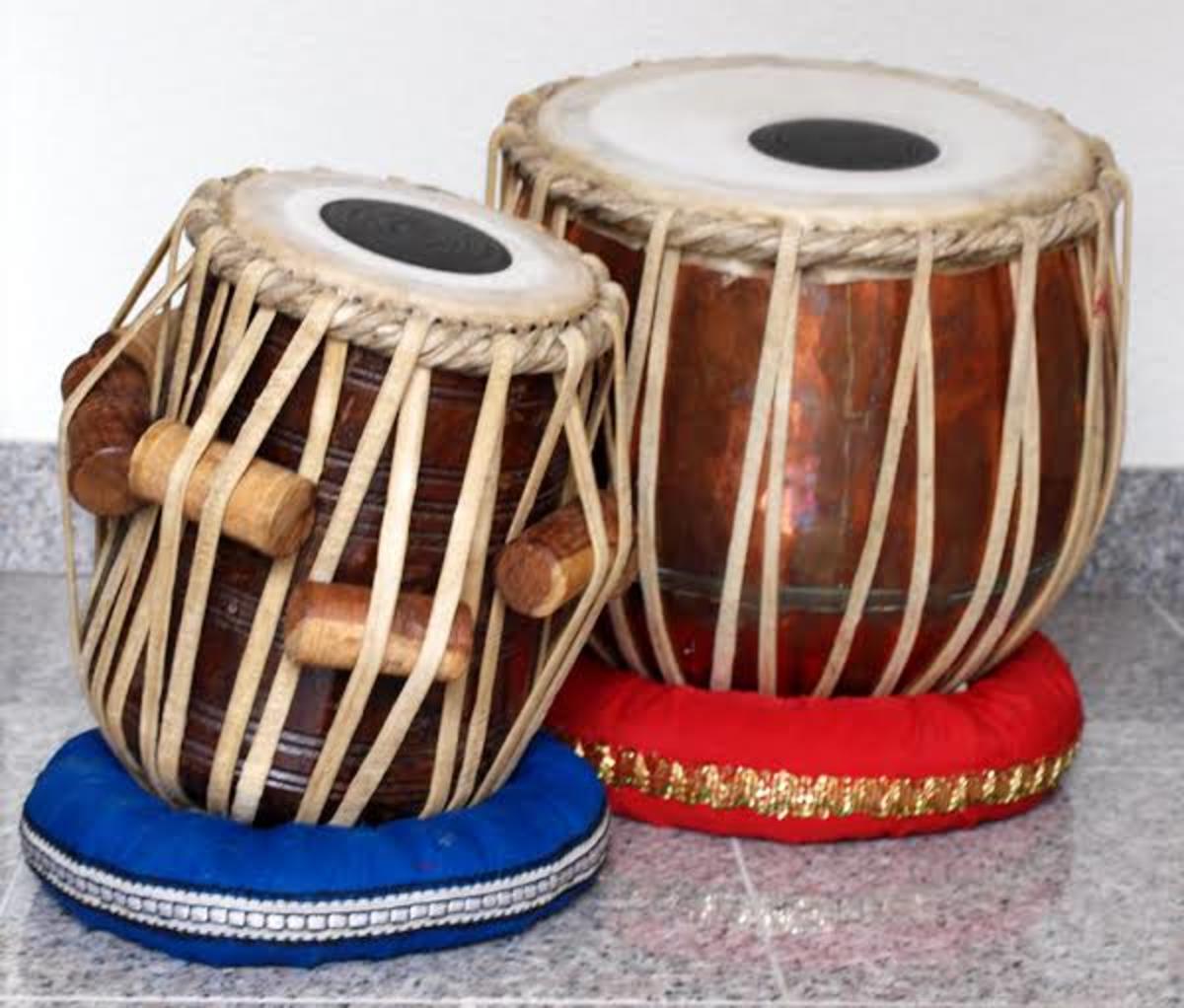
10 Popular, Traditional, Indian Musical Instruments (for Folk and
Indigenous music of North America, which includes American Indian music or Native American music, is the music that is used,. However, archaeological evidence shows that musical instruments in North America date to at least the Archaic period (ca. 8000-1000 BC), which includes instruments such as turtle shell rattles.
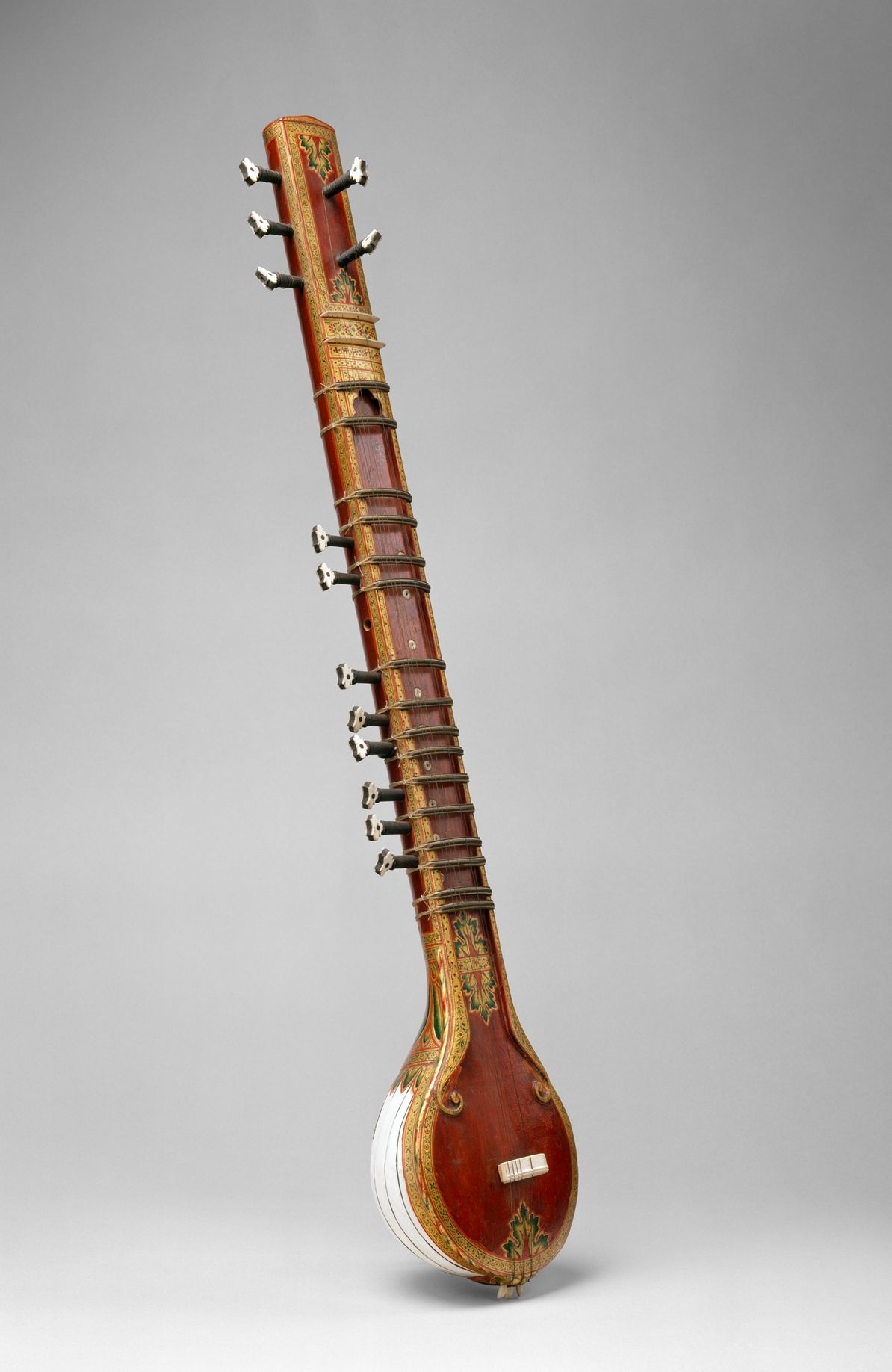
Sitar Wikipedia
Indian musical instruments can be broadly classified according to the Hornbostel-Sachs system into four categories: chordophones (string instruments), aerophones (wind instruments), membranophones (drums) and idiophones (non-drum percussion instruments). Chordophones Plucked strings Arched harp Bulbul Tarang Dotar, Dotora, or Dotara Dhrupad Ektara
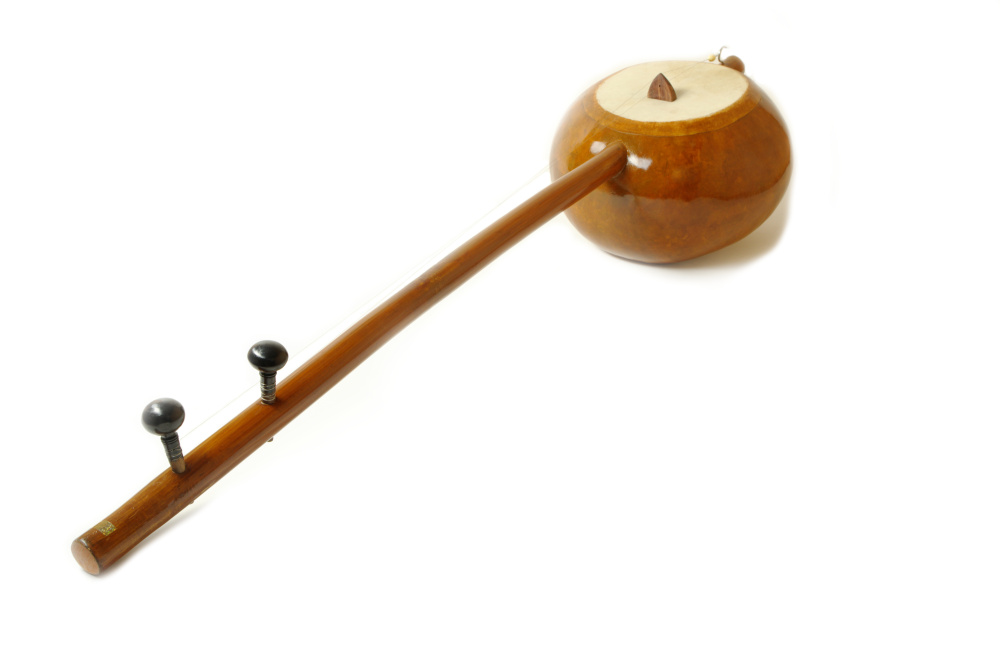
Details India Instruments
The music of the Indian subcontinent is usually divided into two major traditions of classical music: Hindustani music of North India and Karnatak music of South India, although many regions of India also have their own musical traditions that are independent of these.

10 Most Popular Indian Musical Instruments Kuntala's Travel Blog
Hindustani classical music is the classical music of the Indian subcontinent's northern regions. It may also be called North Indian classical music or, in Hindustani, shastriya sangeet.The term shastriya sangeet literally means classical music, and is also used to refer to Indian classical music in general. It is played on instruments like the veena, sitar and sarod.

Bansuri Blog Bansuri World
Below is our list of 9 traditional Indian instruments: Mridangam Sitar Sarod Tabla Harmonium Tanpura Vina Shehnai Sarangi 1. Mridangam Sumesh Narayanan | Mrudangam Solo | MadRasana Unplugged Watch on The mridangam is frequently shown as the instrument of choice for several deities in ancient Hindu sculpture, painting, and mythology.

Indian musical instruments information
His selections and lively notes present twelve field recordings of secular and devotional music, drawn from various communities in northern India. The performances feature drums, flutes, and stringed instruments, and may be seasonal, epic, or joyous. Vocals are sung in Hindi or—in the case of "Qawali" and "Sufi Song"—in Urdu.

History Shehnai, traditional wind instrument LIFE OF US
We have been importing quality Indian instruments for over 35 years. We keep in stock instruments from all the major makers and suppliers in North India. We offer a complete range of service and repairs. Mailing Address 1554 Fourth St., San Rafael, CA. 94901
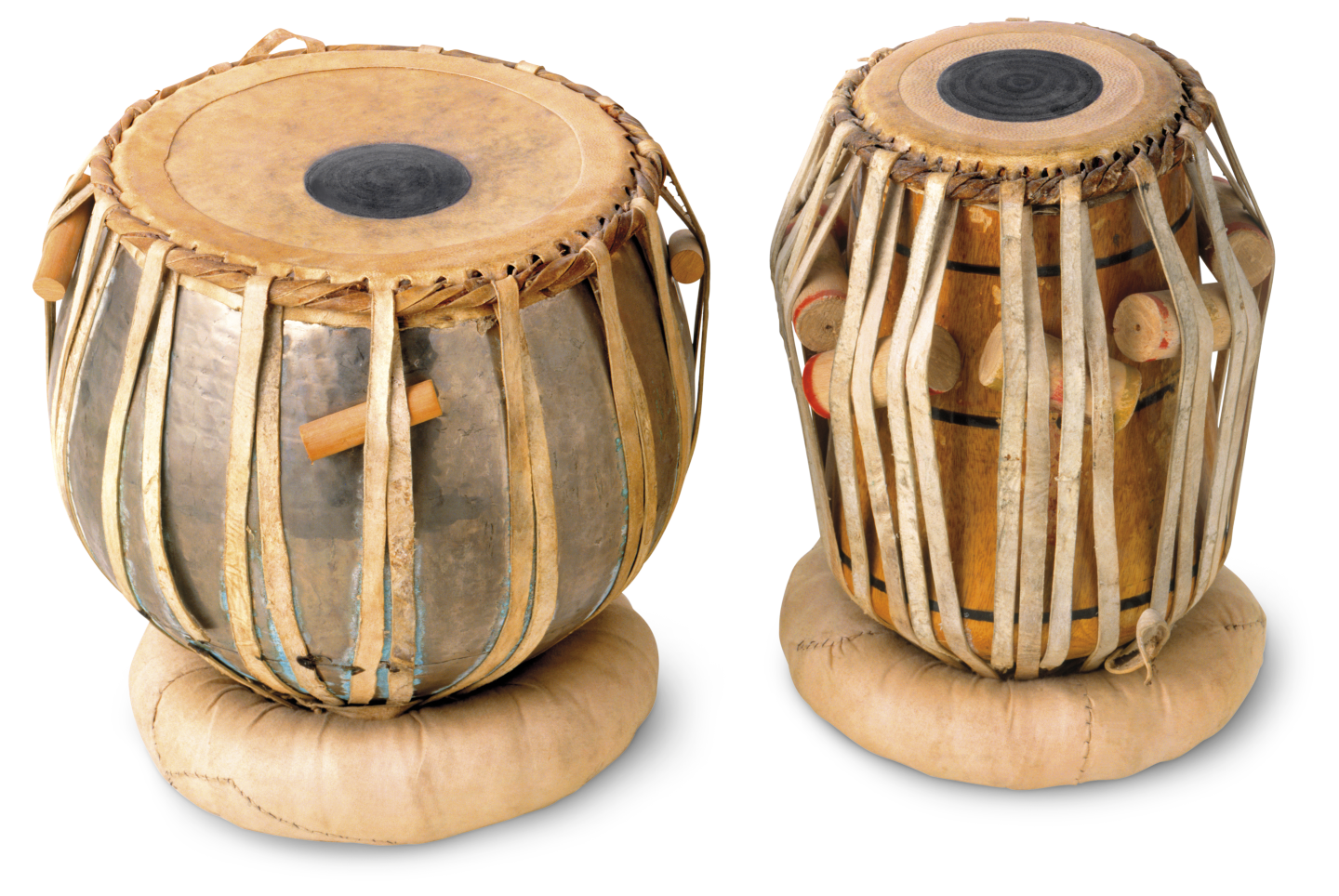
Indian Music Facts Indian Musical Instruments DK Find Out
The Tabla is the most popular musical instrument in North India and consists of a pair of wooden hand drums with goatskin heads stretched taut. It can be played alone or together with other instruments, and the one drum, the Bayan, is slightly bigger than the other producing a deeper bass sound.
Frame Drum Native American (Teton Dakota) The Metropolitan Museum
known instruments are the sarangi, santur, and the sarod. HISTORY OF NORTH INDIAN MUSIC: North Indian classical music sprang from an amalgamation of musical influences from India and the greater Islamic world. Northern India
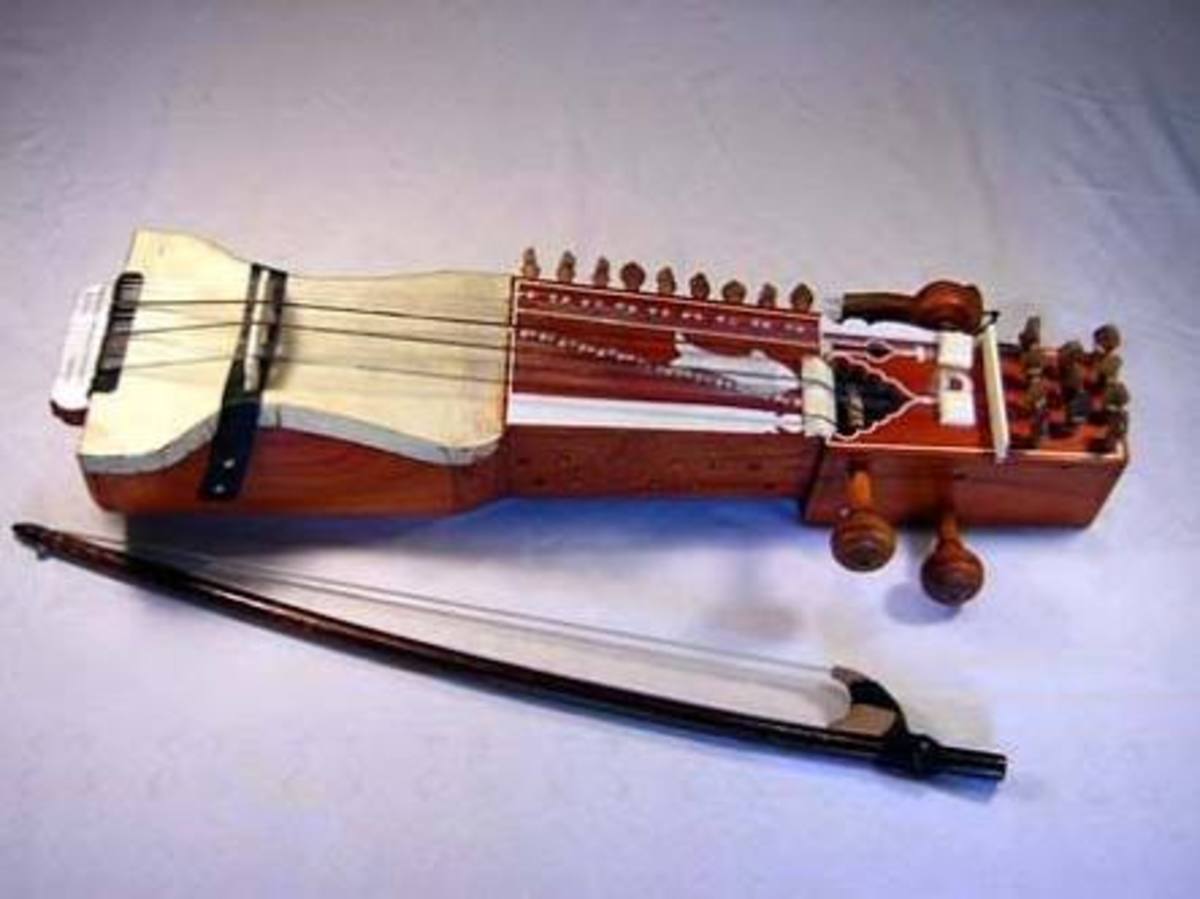
10 Popular, Traditional, Indian Musical Instruments For Folk and
North India Tours provides information about the Musical Instruments of North India. Musical Instruments are Flute, Veena, Ghatam, Sitar, Tabla, Violin. Home | FAQ : India Tours: India Hotels: Car Rental:. There are various stringed instruments in the Indian Classical music, but the Violin has been recently introduced in it..

10 Traditional Indian Musical Instruments For Folk and Classical Music
The classical music of North India (Hindustani music) has roots in Persian Musiqi-e assil folk music, Sufi songs, Vedic chants, and the region's own folk traditions. Although it is primarily a vocal-based music, the classical Hindustani music on this album is played on a variety of traditional instruments. The tracks in this collection present.
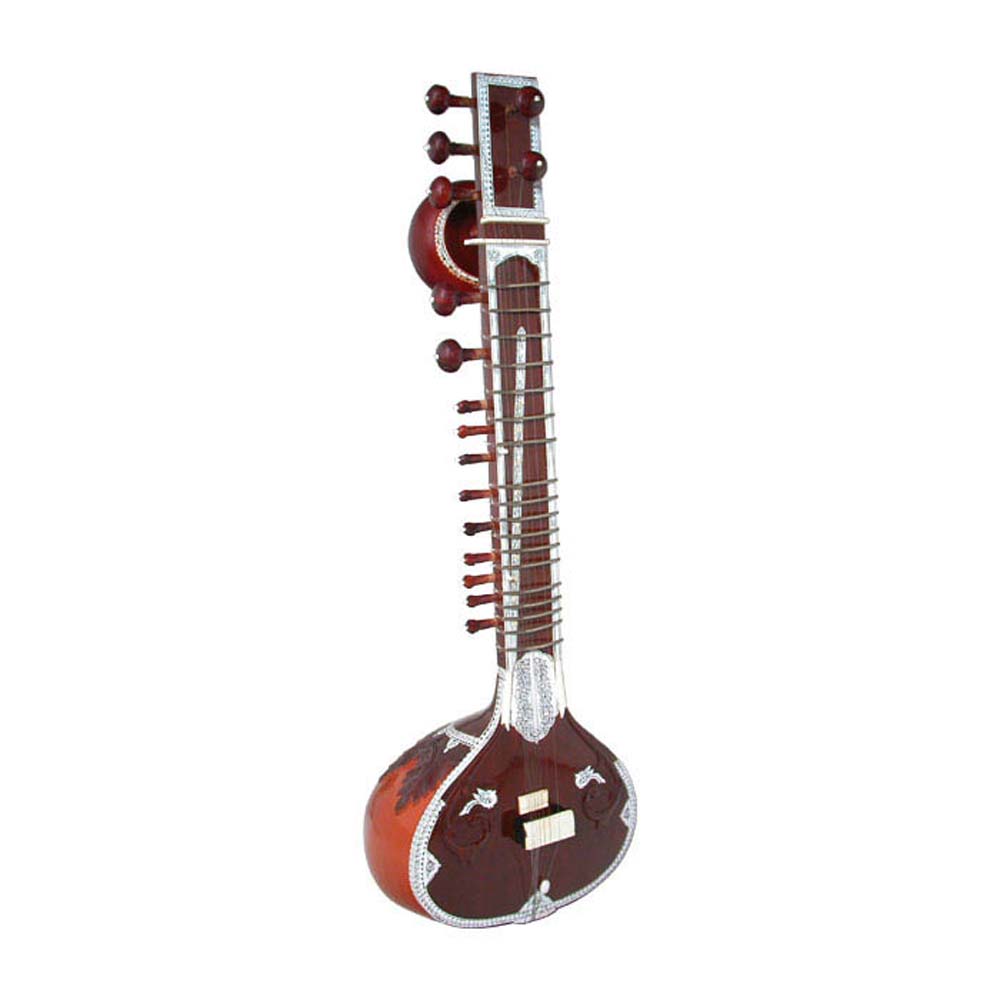
Indian Music Instruments Cultural India, Culture of India
Tabla is the most famous percussion instrument of North India. It is most commonly used in North Indian classical music, but its versatility in all musical styles has enabled it to become the most popular percussion instrument in all of India.
:max_bytes(150000):strip_icc()/Sarod_Luth-59fcd24b9802070037c5f713.jpg)
Classical Indian Music Traditional Kirtan Instruments
North Indian music flourished in the 17th and 18th centuries, in virtually all of Mughal North India, which extended from Gujarat in the west to Jaunpur and Benaras in the east (the current state of Uttar Pradesh); from the Punjab to the Mughal Deccan.. North Indian music also adapted musical instruments from South and Central Asia to.
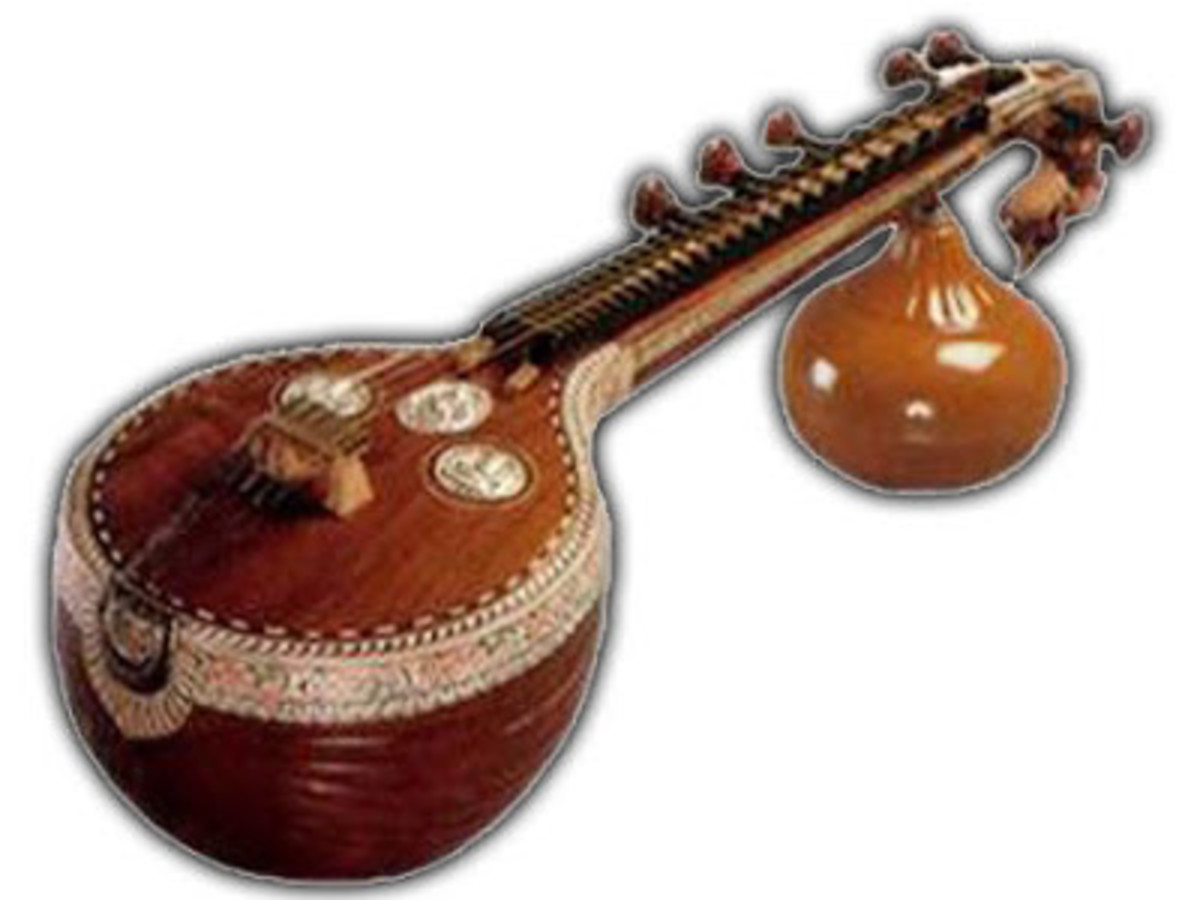
10 Popular, Traditional, Indian Musical Instruments (for Folk and
Indian classical music is the classical music of the Indian subcontinent. It is generally described using terms like Marg Sangeet and Shastriya Sangeet. It has two major traditions: the North Indian classical music known as Hindustani and the South Indian expression known as Carnatic. These traditions were not distinct until about the 15th century.

10 Popular, Traditional, Indian Musical Instruments For Folk and
Sitar (pronounced si-TAHR)— a North Indian plucked stringed instrument with a long neck and a round resonating chamber made from a gourd. Of all the Indian instruments, the sitar tends to be the most widely recognized by outsiders to Indian culture. It can have 21, 22, or 23 strings, although musicians only actually play six or seven of these.